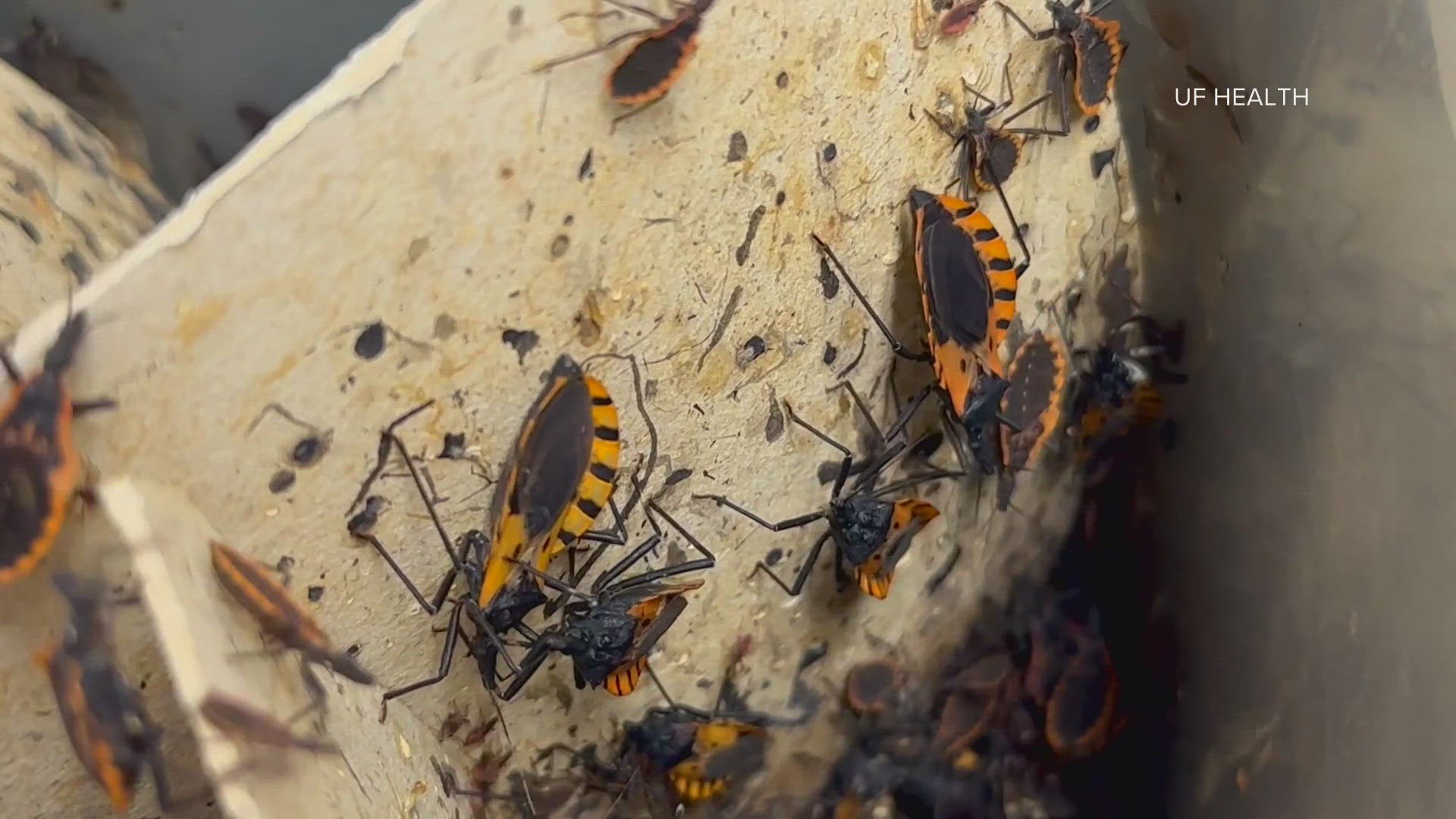![These tiny conjoined twins need each other to survive[ID=15010223] ID=15010223](http://bc_gvpc.edgesuite.net/img/963482463001/201409/2267/963482463001_3764975842001_video-still-for-video-3765004903001.jpg?pubId=963482463001) HOUSTON - Conjoined twins will be separated in a delicate and risky surgical procedure later this year at Texas Children's Hospital. But surgeons anticipate excellent results, and a Texas mom says her hope and faith in a positive outcome continues to grow every day.
HOUSTON - Conjoined twins will be separated in a delicate and risky surgical procedure later this year at Texas Children's Hospital. But surgeons anticipate excellent results, and a Texas mom says her hope and faith in a positive outcome continues to grow every day.
Elysse Mata from Lubbock remembers the exact day she learned her pregnancy was not proceeding as expected. It was January 13th. She was 19 weeks pregnant. She went to her doctor for the ultrasound procedure that would tell her the gender of her baby. The ultrasound technician looked puzzled, left the room, and returned with the doctor.
"Here's one head, here's the other head," she said the doctor told her. "And that's when I interrupted him and said wait, two heads? He said yes we think you have twins. Well, we know you have twins. But we think they're conjoined."
"That one moment was probably the worst moment of my life," she said of the sudden fear that her babies might not survive.
The girls were born, at 31 weeks, at Texas Children's Pavilion for Women, weighing roughly 3 pounds 7 ounces each. They are joined at the chest and abdomen. They share a liver, diaphragm, the pericardial sac (the lining of their hearts), and intestines. Doctors say it appears the girls also share some lung tissue which they believe can be easily separated.
Elysse and John Mata named them Knatalye Hope and Adeline Faith.
"You can't have hope without faith and you can't have faith without hope," said Mata in an interview with KHOU 11 News while wearing a t-shirt with "Hope and Faith" printed on the front. "And if one baby would have gone, the other would too. And that was a big fear. And so right away I knew you have hope and faith."
And they have that same hope and faith in the outcome of the surgical separation expected to happen in the next three months.
"I expect it to go well. Will it be easy? No," said Dr. Stephen Welty, Chief of Neonatology at Texas Children's Hospital. "The best thing to do is to do the safest thing, which is grow them up, get them bigger, more healthy with great nutrition and great developmental care and then separate them in a time which is as safe as possible."
Dr. Darrell L. Cass, Co-Director of Texas Children's Fetal Center, says the process of separation will begin with the placement of tissue expanders to help induce the growth of additional skin that will be needed once the two babies are separated. The separation itself, conducted by two surgical teams, will likely happen when the babies are between 6 to 8 months of age.
Cass says the surgery is risky, there is always the risk of death for one or both children, but that he believes the risk is small and that they are anticipating an excellent outcome.


![twins [ID=15015371]](http://moc-assets-prod.gannett-cdn.com/-mm-/71a6eb5e9fa504171a357f8ea61e2af8b9a726c8/r=298x400/local/-/media/WTLV/WTLV/2014/09/03/1409757413000-twins.JPG)
![Conjoined twins need each other to survive[ID=15012043] ID=15012043](http://www.gannett-cdn.com/-mm-/628be08f44e0b0ab88901d37f6028af36fcdb811/c=56-0-849-677/local/-/media/KSDK/KSDK/2014/09/03/1409753154000-1.JPG)
